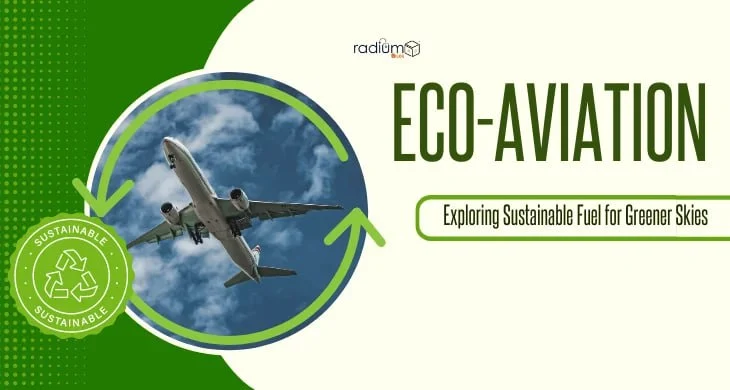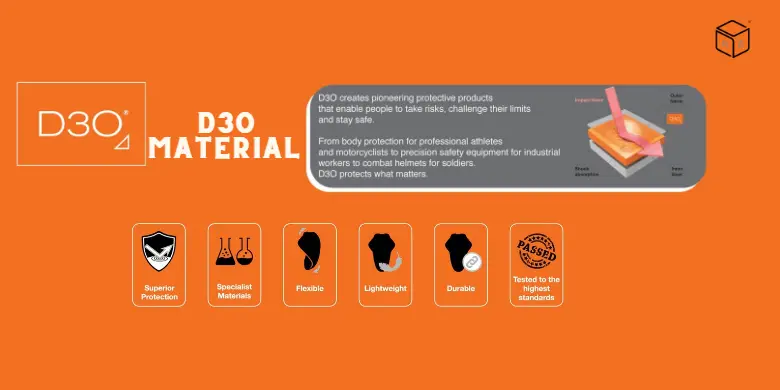In a world where environmental sustainability is gaining paramount importance for industries & relentlessly seeking greener alternatives to reduce their carbon footprint. One such industry at the cutting edge of this change in outlook is aeronautics. As worries about environmental change, the flight area is turning its look towards reasonable flying fuel (SAF) as a vital participant in lessening ozone depleting substance outflows. We should set out on an excursion to investigate the subtleties of feasible flight fuel and changing the skies potential.
Understanding Sustainable Aviation Fuel (SAF)
Sustainable Aviation Fuel( SAF) emerges as a transformative and renewable volition to traditional aeronautics energies strictly drafted from sustainable feedstocks like recycled cooking oil, agricultural remnants or algae. Unlike current fossil- deduced fuels, SAF stands as a champion in significantly curbing carbon emigrations, situating itself as a vital force in the aviation industry’s socio-friendly revolution. The conscious choice of distinctive and renewable feedstocks underscores a fast commitment to minimizing environmental impact and nurturing a cleaner, more sustainable future for aviation. Embracing SAF represents a tangible stride towards reducing the industry’s carbon footmark and diligently contributing to a greener tomorrow. It signifies a collective responsibility to usher in positive change and embrace innovations that resonate with environmental consciousness in the aviation sector.
The Environmental Impact of SAF
- Reducing Carbon Footprint: SAF boasts a remarkable feature, it can diminish carbon emissions by up to 80% (eighty) as compared to conventional jet fuel. Airlines adopting SAF can contribute significantly to worldwide endeavors in combating climate change by substantially decreasing their carbon footprint.
- Mitigating Greenhouse Gas Emissions: Greenhouse gases like CO2 are the major contributors to global warming. SAF is being deduced from sustainable sources that give a sustainable and better result by mollifying emigrations, making it a game changer in the fight against climate change.
The Production Process of SAF
The production of Sustainable Aviation Fuel( SAF) follows a contemporary process that transforms sustainable feedstocks into a high- quality aeronautics fuel. This intricate procedure normally involves hydrotreatment and refining, imprecisely ensuring that the final product adheres to inflexible specifications required for aeronautics purposes. The outcome isn’t only a fuel that exhibits effective performance but also aligns seamlessly with the aeronautics industry’s loyal commitment to sustainability. The innovative approach to SAF output exemplifies a harmonious mix of cutting- edge technology and environmental responsibility. Through this technique, the industry not only meets its functional requirements but also actively contributes to a greener and further sustainable future. The integration of advanced processes underscores the industry’s commitment to staying at the front line of sustainable practices, marking a significant step towards reducing the environmental impact of aeronautics and fostering a cleaner, more responsible approach to flight.
The Adoption Challenges
Despite the certain advantages of sustainable aeronautics fuel( SAF), its broad embracement encounters several challenges with cost being a prominent chain. Presently, the production of SAF is more costly compared to traditional jet fuels. yet, with advancing technology and the eventual consummation of economies of scale there’s an auspicious outlook for a drop in production costs. This anticipated cost reduction is poised to enhance the availability of SAF for airlines on a global scale. As the aviation industry gradually prioritizes sustainability efforts to overcome cost barriers will play a crucial part in the broader acceptance and integration of SAF. The ongoing commitment to examination, innovation and investment in sustainable practices will pave the way for a future where SAF becomes a financially possible and broadly embraced result contributing significantly to the industry’s environmental dreams.
Global Initiatives and Regulations
Governments and global aviation organizations are admitting the vital benefaction of sustainable aviation fuel( SAF) to attain carbon-neutral growth in the industry. especially, enterprise like CORSIA( Carbon Offsetting and Reduction Scheme for International Aviation) are compelling airlines to prioritize SAF investment and take measures to neutralize their residual emissions. This marks a significant shift towards sustainable practices with official frames encouraging the aviation sector to diligently engage in reducing its carbon footmark. The alignment of governmental programs and international aviation bodies with the adoption of SAF emphasizes the collaborative responsibility to address climate concerns within the industry. As CORSIA and similar initiatives gain instigation they serve as catalysts for airlines to integrate SAF into their operating strategies fostering a more sustainable and environmentally responsible future for aeronautics. The cooperative sweats between governments, aviation bodies and airlines emphasize the commitment to achieving carbon-neutral growth and mitigating the environmental impact of air travel. For more positivity and inspiration, stay tuned to the regularly updated RadiumBlog section. Embrace the radiance of life with us.
The Future of Aviation: Green and Sustainable
In the face of the aviation industry’s imperative for sustainability, the future holds promise with the ascent of sustainable aviation fuel( SAF). A combined effort among airlines, manufacturers, and non-supervisory bodies is underway, fostering collaboration to seamlessly integrate SAF into daily aviation operations. This collaborative endeavor signifies a constant drive towards cultivating a more environmentally conscious and eco-friendly aviation landscape. As airlines and manufacturers align their strategies with sustainability dreams, the integration of SAF emerges as a vital step in mitigating the industry’s carbon footprint. The commitment to this transition extends beyond bare adoption recapitulating a shared vision for a future where aviation embraces eco-friendly practices without compromising functional effectiveness. The collaboration among key stakeholders reflects a paradigm shift in the aviation sector, showcasing a determination to embrace sustainability as an integral aspect of its expansion. This positive track positions sustainable aviation fuel not only as a result to environmental concerns but also as a catalyst for shaping the coming path of a more responsible and sustainable aviation industry.
Conclusion
In conclusion, greening the skies through sustainable aviation fuel is not just a dream; it’s an achievable reality. As technology advances, costs reduce and global enterprises gain momentum, the aviation industry looks forward to making significant strides toward a more sustainable and environmentally conscious future. Embracing sustainable aviation fuel is not just a choice; it’s a responsibility we owe to the earth and future generations, assuring that the skies remain blue and the earth beneath them stays green.
FAQs
Q1: What’s Aviation Sustainable Fuel( EASF)?
A1: ASF is a kind of aviation fuel made from renewable sources such similar agrarian waste, waste biomass and algae. Its goal is to encourage lower greenhouse gas emissions from aircraft machines and support a more environmentally friendly aviation sector.
Q2: How does ASF compare to traditional aviation fuel?
A2: ASF has a lower carbon footmark than prescriptive aviation fuel which is made from fossil fuels. It can reduce greenhouse gas influxes by up to 80% compared to traditional spurt energy.
Q3: What are the advantages of using ASF?
A3: The advantages of using ASF contain disrated greenhouse gas emissions, renewable energy sources, refined air quality and energy security.
Q4: What are the challenges associated with ASF?
A4: The challenges associated with EASF include cost, scalability, infrastructure and regulatory frameworks.
Q5: How does ASF perform in aircraft engines?
A5: ASF is designed to perform similarly to traditional aviation fuel in aircraft engines with minimal modifications required to the existing infrastructure.




